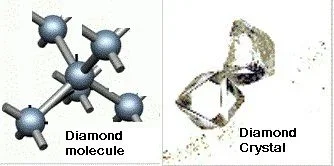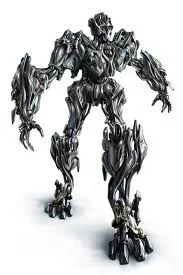Chemistry, a branch of physical science is the study
of the composition, properties and behavior of matter.
Chemistry = History + mystery (according to me)
We will enjoy the mystery of Chemistry by admiring the
wonderful world of rocks, crystals and gemstones first.
of the composition, properties and behavior of matter.
Chemistry = History + mystery (according to me)
We will enjoy the mystery of Chemistry by admiring the
wonderful world of rocks, crystals and gemstones first.








